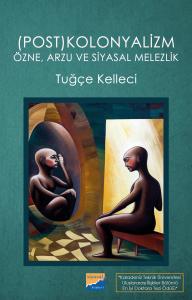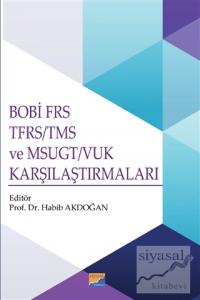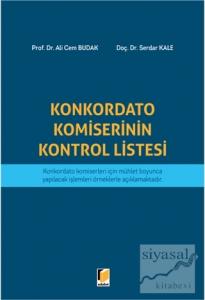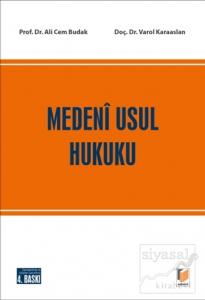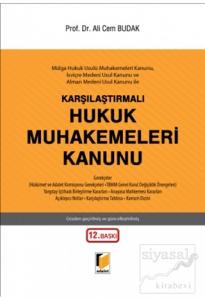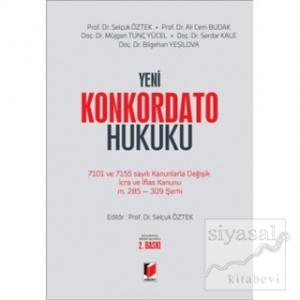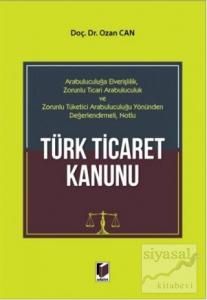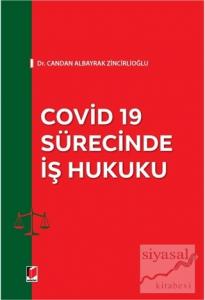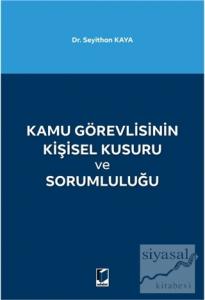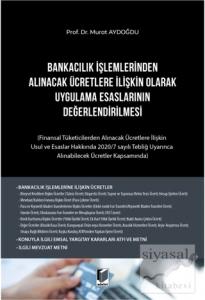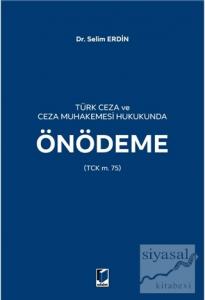Introduction to Turkish Business Law (Cases&Materials)
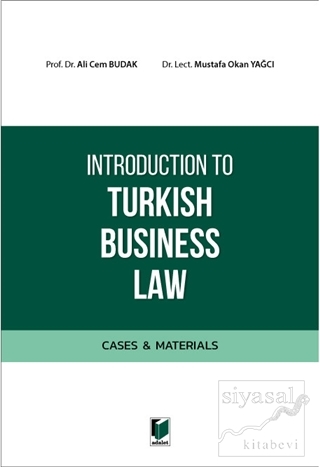
In the years of 2000-2004, I was teaching “Business Law” courses in the College of Administrative Sciences and Economics (CASE) of Koç University in Istanbul. Traditionally undergraduate Business (Commercial) Law courses in Turkey contain three subjects, i.e. the laws and regulations applicable for commercial enterprises, company law and the law of negotiable instruments. There are quite a few good nutshells for these subjects suitable for non-law students, e.g. students of Economics, Engineering and Business Management.
The contents/syllabus of my Business Law courses for the CASE was different from those of the nutshell literature. I thought, namely that, the students of business management and economics will need to know not only the above mentioned three subjects but must learn even if in very general terms what the contracts, the anti-trust law, labour law, dispute resolution, etc. mean for a business.
As a result of this approach, instead of suggesting any textbooks, I made available for the students a file of course materials at the university library. The course materials contained among others extracts from legislation, summary of court cases etc. in addition to what I would call “bits and pieces” of what I wrote for foreign clients mostly in the course of my years as a junior attorney of law in the form of informative memoranda or executive summaries. The students were required to use those materials for discussing a hypothetical which they would receive in the form of handouts for each lesson.
For some ten years to follow I kept updating and using all or parts of the same course materials, with necessary additions or reductions in the contents, for other student groups as well, including Erasmus students from EU member states and the graduate students of the Washington College of Law of the American University, who used to come over to Yeditepe University each year between 2009 and 2015 for a summer course on Turkish law.
Due to the change of my student groups, I ceased to use and update the materials after 2015. However, this year, following the advice of our senior colleague Prof. Dr. Halûk Kabaalioğlu who suggested both of us a several times to prepare a “cases and materials” form book for students, I and my colleague Dr. Mustafa Okan Yağcı, who has been teaching foundations of law and business law to non-law students in Pîrî Reis University decided to publish the materials together with the hypotheticals.
The materials were needed to be organized as a publishable text. Dr. Yağcı did this work for the most important seven chapters of the materials. He did not only update the materials but also add new materials, explanatory diagrams etc. and substantially re-write Chapter IV, VI and VII, a hard work requiring a careful study of various branches of law enough for naming Dr. Yağcı as the co-author of the book.
For the sake of clarity I have to add that during the years since I started to use the materials I have noticed that some of the texts in my good old course materials had found their way to the Internet, been used and shared by students in “homework” websites and even used by reputable law firms posting information materials in their firm web sites. As the contents of the course materials were very general information for non-law students, I have never thought that there was anything wrong with those innocent borrowings by the students or colleagues. The reason for mentioning this aspect is just to make it clear that if you come across similar sentences in some internet sources the very original text might have been registered by my personal computer with the date of the first creation.
On the other side of the coin, there is a lot what we have borrowed from others while preparing a book like this. As a matter of fact, a book bearing the phrase “cases and materials” in its title brings the necessity of taking support of numerous and various materials. For example, in the translation of relevant provisions of laws, it is benefitted/cited from translations already made by official institutions like the Capital Markets Board of Turkey, the Competition Authority, the Insurance Association of Turkey and private institutions like law firms, audit companies. Moreover, a few reading texts considered useful for students are included in the book through quoting them from their original sources. It has to be stated that authors of this book showed their best effort, in terms of the aforesaid citations/quotations or some similarities that may be observed, to submit relevant texts in a separate box and to give express references to relevant persons/institutions and main sources at the beginning of the text and/or related parts in the text where deemed necessary. If there is a point escaped from the attention, it shall be corrected in the next edition.
We hope the book be helpful for the students.
- Açıklama
In the years of 2000-2004, I was teaching “Business Law” courses in the College of Administrative Sciences and Economics (CASE) of Koç University in Istanbul. Traditionally undergraduate Business (Commercial) Law courses in Turkey contain three subjects, i.e. the laws and regulations applicable for commercial enterprises, company law and the law of negotiable instruments. There are quite a few good nutshells for these subjects suitable for non-law students, e.g. students of Economics, Engineering and Business Management.
The contents/syllabus of my Business Law courses for the CASE was different from those of the nutshell literature. I thought, namely that, the students of business management and economics will need to know not only the above mentioned three subjects but must learn even if in very general terms what the contracts, the anti-trust law, labour law, dispute resolution, etc. mean for a business.
As a result of this approach, instead of suggesting any textbooks, I made available for the students a file of course materials at the university library. The course materials contained among others extracts from legislation, summary of court cases etc. in addition to what I would call “bits and pieces” of what I wrote for foreign clients mostly in the course of my years as a junior attorney of law in the form of informative memoranda or executive summaries. The students were required to use those materials for discussing a hypothetical which they would receive in the form of handouts for each lesson.
For some ten years to follow I kept updating and using all or parts of the same course materials, with necessary additions or reductions in the contents, for other student groups as well, including Erasmus students from EU member states and the graduate students of the Washington College of Law of the American University, who used to come over to Yeditepe University each year between 2009 and 2015 for a summer course on Turkish law.
Due to the change of my student groups, I ceased to use and update the materials after 2015. However, this year, following the advice of our senior colleague Prof. Dr. Halûk Kabaalioğlu who suggested both of us a several times to prepare a “cases and materials” form book for students, I and my colleague Dr. Mustafa Okan Yağcı, who has been teaching foundations of law and business law to non-law students in Pîrî Reis University decided to publish the materials together with the hypotheticals.
The materials were needed to be organized as a publishable text. Dr. Yağcı did this work for the most important seven chapters of the materials. He did not only update the materials but also add new materials, explanatory diagrams etc. and substantially re-write Chapter IV, VI and VII, a hard work requiring a careful study of various branches of law enough for naming Dr. Yağcı as the co-author of the book.
For the sake of clarity I have to add that during the years since I started to use the materials I have noticed that some of the texts in my good old course materials had found their way to the Internet, been used and shared by students in “homework” websites and even used by reputable law firms posting information materials in their firm web sites. As the contents of the course materials were very general information for non-law students, I have never thought that there was anything wrong with those innocent borrowings by the students or colleagues. The reason for mentioning this aspect is just to make it clear that if you come across similar sentences in some internet sources the very original text might have been registered by my personal computer with the date of the first creation.
On the other side of the coin, there is a lot what we have borrowed from others while preparing a book like this. As a matter of fact, a book bearing the phrase “cases and materials” in its title brings the necessity of taking support of numerous and various materials. For example, in the translation of relevant provisions of laws, it is benefitted/cited from translations already made by official institutions like the Capital Markets Board of Turkey, the Competition Authority, the Insurance Association of Turkey and private institutions like law firms, audit companies. Moreover, a few reading texts considered useful for students are included in the book through quoting them from their original sources. It has to be stated that authors of this book showed their best effort, in terms of the aforesaid citations/quotations or some similarities that may be observed, to submit relevant texts in a separate box and to give express references to relevant persons/institutions and main sources at the beginning of the text and/or related parts in the text where deemed necessary. If there is a point escaped from the attention, it shall be corrected in the next edition.
We hope the book be helpful for the students.
Stok Kodu:9786257088954Boyut:16.00x23.50Sayfa Sayısı:188Baskı:1Basım Tarihi:2020-08Kapak Türü:CiltsizKağıt Türü:1. HamurDili:Türkçe
- Yeni Ürünler
- Yorumlar
- Yorum yazBu kitabı henüz kimse eleştirmemiş.

